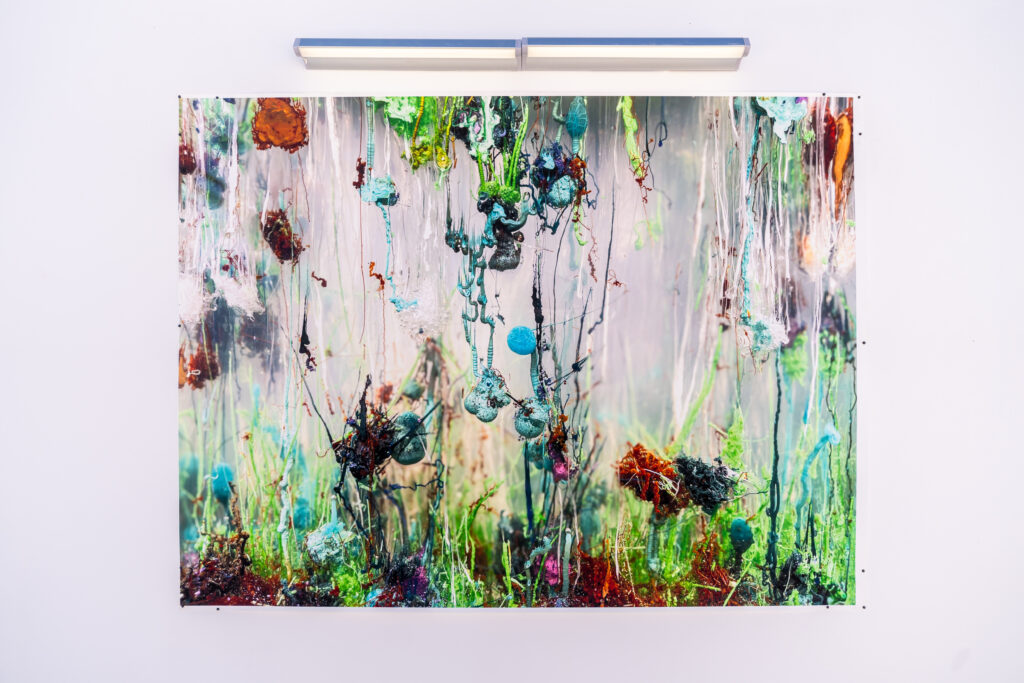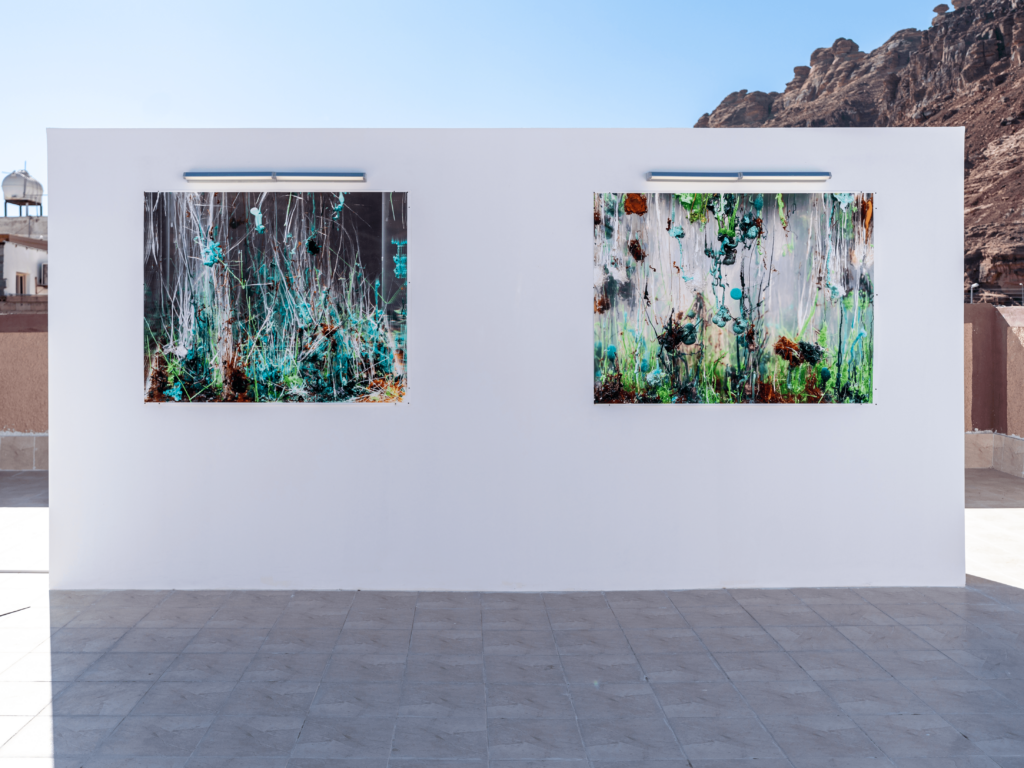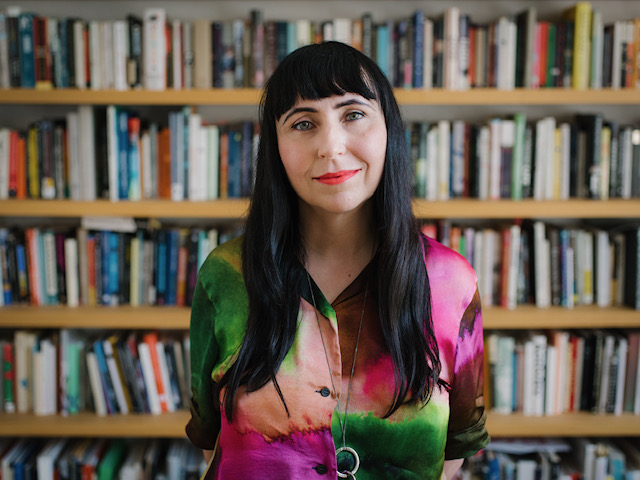Agnieszka Kurant joined the latest edition of the AlUla Artist Residency for two weeks in February and began her research in the region. Her interdisciplinary oeuvre spans installation, sculpture, and film. Residing at an intersection of art and science, her largely conceptual body of work explores how complex social and cultural systems can operate in ways that confuse distinctions between fiction and reality. Probing collective intelligence, and non-human intelligence (Artificial Intelligence, animal and microbial intelligence) the artist explores the transformations of the human and the future of labor and creativity in the 21st century. Kurant’s work was the subject of exformation, SculptureCenter, New York, and Stroom Den Haag, The Hague, Netherlands (2013–14).
Her work has appeared in group exhibitions including those at the Palais de Tokyo, Paris (2004); Tate Modern, London (2006), Moscow
Biennial (2007); Zachęta – Narodowa Galeria Sztuki, Warsaw (2009); Performa Biennial, New York (2009, 2013); Witte de With, Centrum vo
Hedendaagse Kunst, Rotterdam (2011); and MoMA PS1, New York (2013). In addition to a curatorial residency at International Studio and Curatorial Program, New York (2005), she has had residencies at Zentrum Paul Klee, Bern (2009), and Iaspis, Stockholm (2013). In collaboration with architect Aleksandra Wasilkowska, Kurant represented Poland at the 2010 Venice Architecture Biennale with the pavilion presentation Emergency Exit. Kurant lives and works in New York.
For the Palimpsest of Time exhibition that occurred in AlUla, Agnieszka Kurant exhibited past work, including prints from the series Maps of Phantom Island. “Chemical Garden” investigates the digital, biological, and mineral relationships and consists of complex crystalline structures resembling plants. These structures were created by mixing water glass (sodium silicate) with inorganic chemicals, including salts of metals (copper, cobalt, manganese, chromium, and iron) used in modern computers and whose industrial extraction leads to the devastation of entire ecosystems. #Paradoxically, modern research shows that chemical gardens in hydrothermal vents on the seafloor are a plausible path for the origin of life on Earth. Some of the earliest purported fossils of life might be from fossilised chemical gardens. The work explores how organic and inorganic substances are continually reorganised into various unstable forms. The work was created in collaboration with Dr Magdalena Osial. Maps of Phantom Islands depict non-existent islands observed as mirages or invented by past explorers and placed on important political maps throughout the history of cartography. These fictitious territories often lead to real political conflicts.
On 26th of February, Agnieszka Kurant’s talk gave the local community of AlUla a sense of her past works and connexion with her researches made in AlUla about the correlation between social change, climate change and the mutations and transformations of the living matter and geology. Around AlUla, she witnessed the evolution of geological and architectural forms blended with that of evolving languages, writing systems and living species. These mutating forms, from the quasi-melted rocks shaped by the ocean millions of years ago and more recently by desert winds, to evolving systems of writing documented on the surface of ancient rocks, were of particular interest to her.


